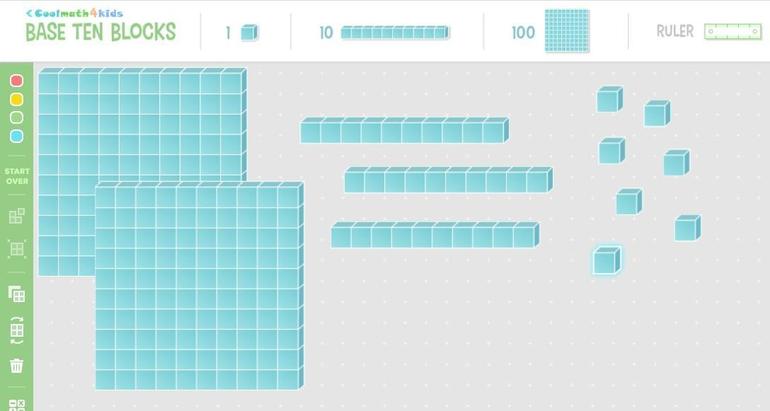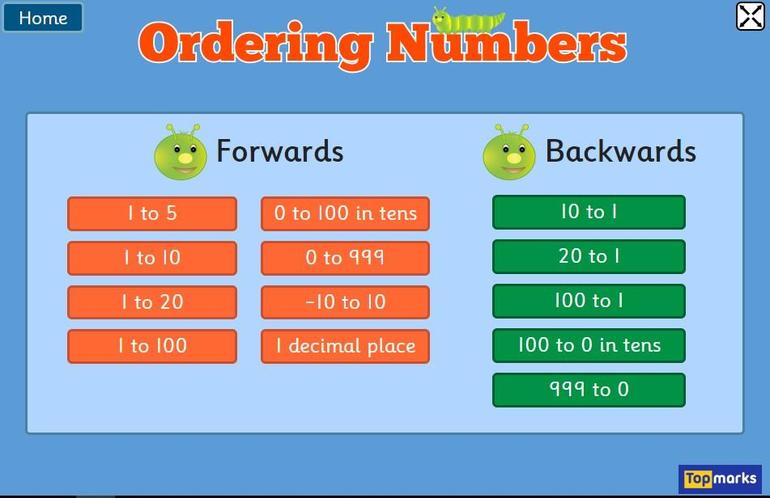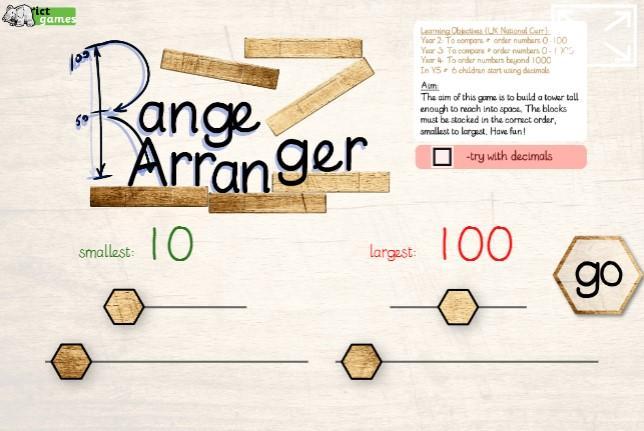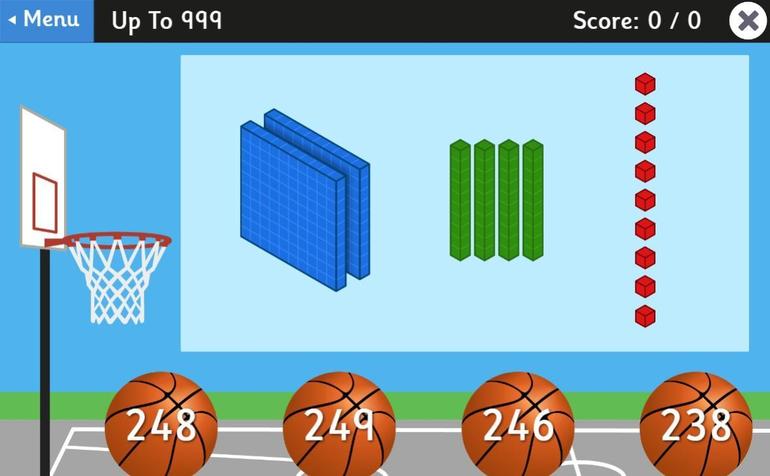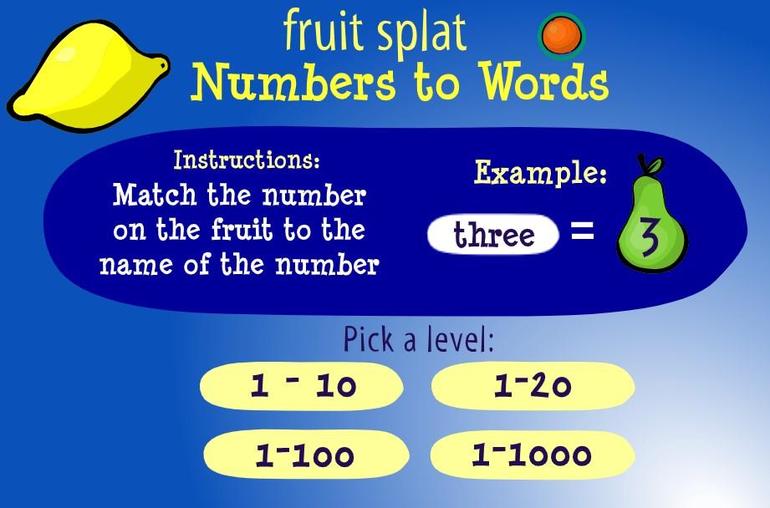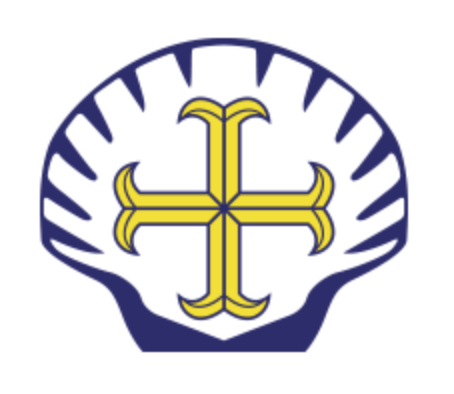
EMMAUS Church Of England & Catholic Primary School
We are friends journeying with Jesus in faith, hope and trust as we live, love and learn together
EMMAUS Church Of England & Catholic Primary School
Fir Tree Drive South Croxteth Park L12 0JE
Telephone:
Email:
Number & Place Value
We use this interactive hundred square in class to help us find 1 more/less and 10 more/less. You can choose the size of the chart but 1-100 is the most useful in Y3.
Base 10 refers to the place value number system in common use around the world, that uses decimal numbers.
Base 10 is the basis of a place value number system and is also called the decimal system or denary system.
Here is an interactive set of H T O (hundreds, tens and ones) blocks that can be used to help with maths work
- they are brilliant on a tablet or iPad as they can be moved around easily by hand.
It may not work so well on a mobile phone as its screen size is smaller.
Order numbers, forwards and backwards. Challenge yourselves to order larger numbers, negative numbers and even decimals! You can also use this game to practise your sequencing.
A hundreds, tens and ones maths game. Count carefully otherwise the shark will bite your boat!
A place-value game where you need to rescue the struggling swimmers. Drag the correct number of tens and ones on the chart before you throw a life-line.
The aim of this game is to build a tower tall enough to reach into space. The blocks must be stacked in the correct order. Drag them on top of each other, smallest number at the bottom, largest at the top, then click 'Check My Answer'.
Place Value Basketball helps you to understand the concept of hundreds, tens and ones. You need to recognise the Base 10 blocks and match to numbers up to three digits on the basketballs. Place value is a difficult concept and this game can help you to know the value of each number depending on its position.
Match numbers to the fruits to the target number words. There are four levels of difficulty: 1-10, 1-20, 1-100 and 1-1000. You should be able to match numbers up to 1000 by Y3.
Roman numerals are the numbers that were first used by the ancient Romans. They used combinations of letters from the alphabet (I, V, X, L, C, D and M) to correspond to different numbers. Although Arabic numerals (1,2,3,4,5...) are more common today, there are still many places where Roman numerals can be found.

